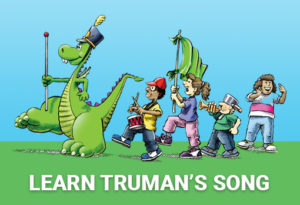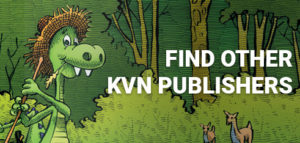Kidsville Connections | Gold Rush
It’s sparkly and shiny – and valuable. Gold played a vital role in America’s growth as a nation. In fact, it changed the course of our history. Have you ever heard of the gold rush? There were actually two of them. The first one started in California in 1848. A large gold nugget was found in Sacramento Valley, and gold flakes were found in the American River. News and rumors about the discovery traveled all over the world. There were stories of miners and farmers stumbling across large chunks of gold worth thousands of dollars. People rushed to California to test their luck and try to find their fortune. Some people did find large amounts of gold, but most miners worked long hours and only found a few flakes. However, it is estimated that $2 billion worth of precious metal was extracted from the earth during that time. Maybe even more importantly, 100,000 people came to California and built towns all over the state. This drastic increase in population led to California becoming a state in 1850. The other gold rush – the one in Colorado – started in 1858. Gold was first discovered in the area in 1849, but everyone was focused on the California gold rush at the time. The largest gold deposit in Colorado was found at Pikes Peak, and so it was called the Pikes Peak Gold Rush. Just as in California, thousands of people rushed to try and make their fortunes. They moved to Colorado and founded towns around the miners. Some of the towns still exist like Denver, which is now the capital. So many people moving to Colorado made the area eligible to become a territory of the United States and then a state. While a lot of positive things came from the gold rushes in California and Colorado, there were also some negative impacts. The widespread mining destroyed a lot of the environment. Forests were cut down, and rivers were heavily polluted, which was terrible for animals and people that lived in the area. Another problem is that many native people were forced to leave their lands so the gold could be removed and sold. History.com Coloradoencyclopedia.org Goldrushnuggets.com





